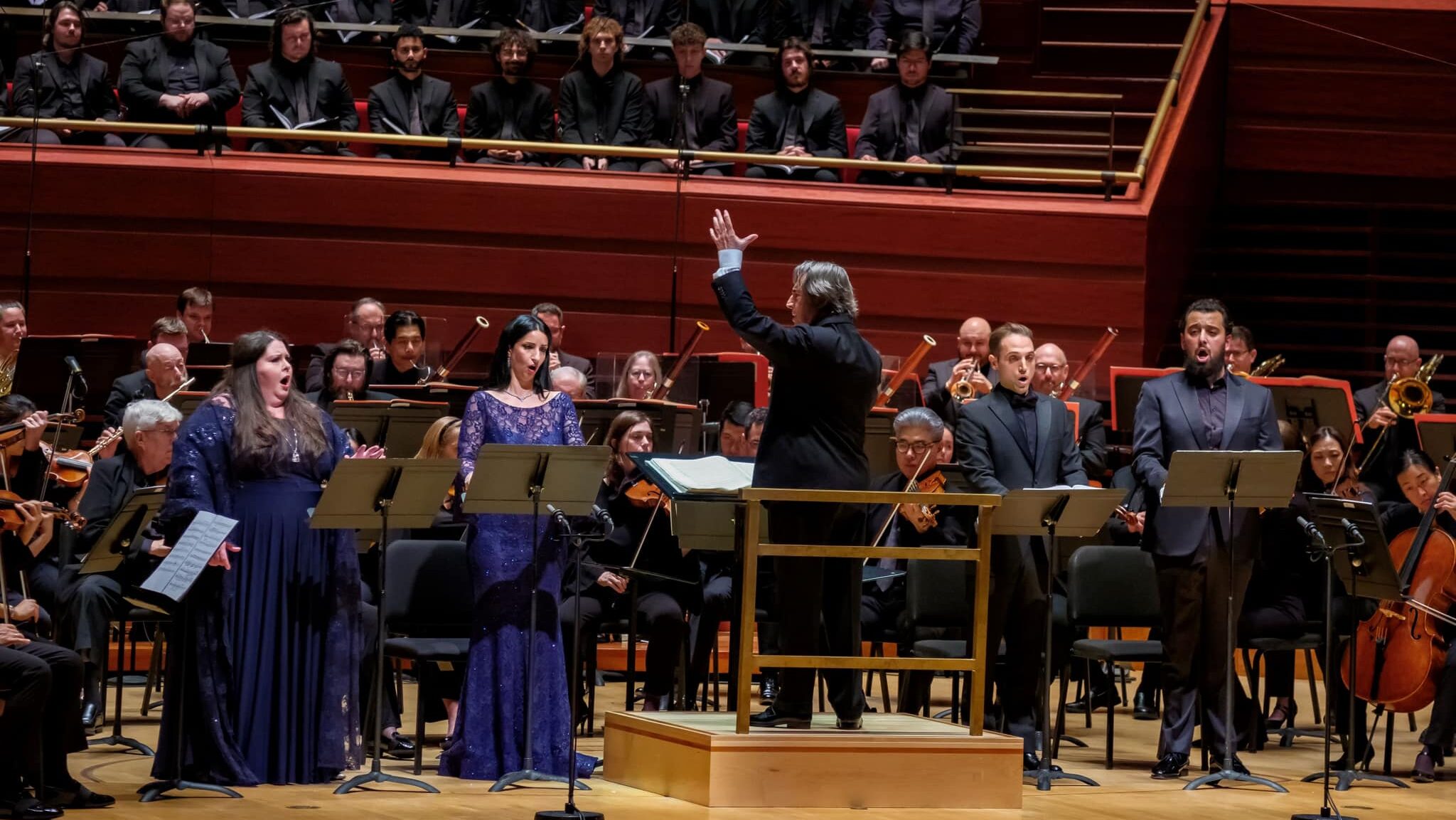
The Philadelphia Orchestra’s announcement last winter that its former music director Riccardo Muti would return in late October 2024 to lead Giuseppe Verdi’s Requiem raised multiple expectations. Muti’s personal authority is itself multiple, from his lifelong Verdi advocacy to his championship of public support of the arts as national heritage: a polemic he has often engaged in at unexpected moments from the pit itself. In 2004 he founded the Luigi Cherubini Youth Orchestra, which draws players from all over Italy; in 2015 he founded the Riccardo Muti Italian Opera Academy at the Teatro Alighieri in Ravenna.
He made his Philadelphia Orchestra debut in 1972 and served as its music director from 1980 to 1992, succeeding Eugene Ormandy. He was welcomed last weekend to its recently named Marian Anderson Hall as a returning hero. For Philadelphia, it had become clear that in October 2024 and ten days before the presidential election, expectations and nerves would be in a state of significant agitation in conjunction with the most extroverted aspect of the great work itself and beyond even its most fulminous musical identity—that is to say for its plea for the fate and salvation of the nation itself.
Verdi’s Messa da Requiem was premiered in Milan in 1874 on the first anniversary of the death of the octogenarian Alessandro Manzoni, author in the 1820s of I promessi sposi [The Betrothed] and the foremost literary voice of the Risorgimento. He had been appointed senator by King Vittorio Emmanuele II in 1860 following the first wave of Italian unification. As a novelist and statesman, Manzoni is doubly credited with the making of Italian consciousness, and that primarily through the awareness and use of a national language. A native of Milan, Manzoni cultivated the pluralistic vernacular of Dante Alighieri and the linguistic, dramatic sweep of the latter’s early fourteenth-century Divine Comedy. Verdi, one might argue, did the same in music.
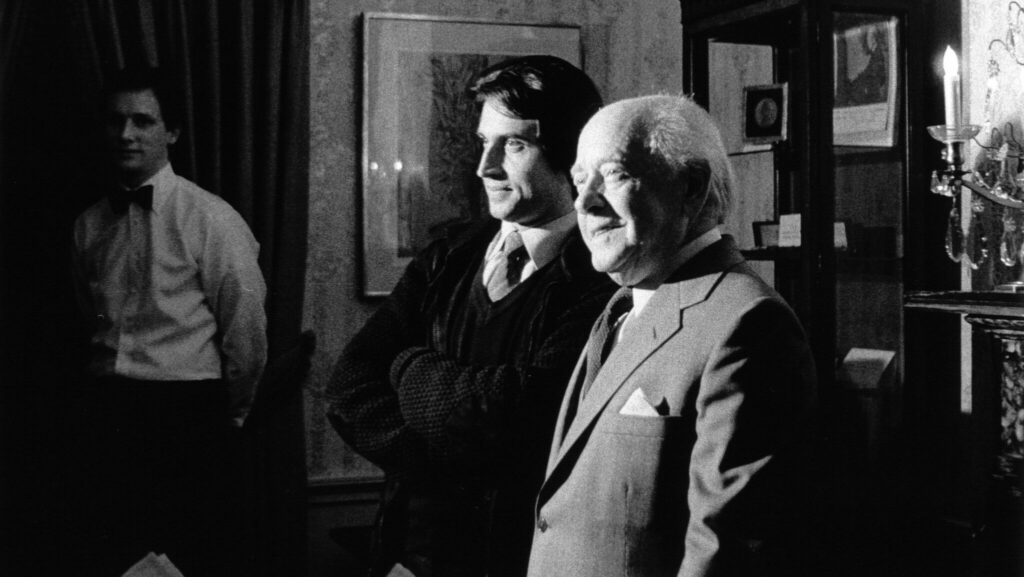
Louis Hood
I owe much of my own education as a listener to this great to work to Riccardo Muti. I heard my first live performance at Florence’s Maggio Musicale in 1981, again at La Scala in 1987. The latter performance was recorded live and became a cornerstone of my early CD library. In 2024 at age 83, Muti retains the same energized but distinctly austere conducting persona that I recall from 1981. This is not an opera, he seems to be reminding his audience, in implicit rebuttal to Hans von Bülow’s famous but transcendentally inane claim that the Verdi Requiem amounts to an opera in clerical garb (“eine Oper im Kirchengewande”).
Like Manzoni and Dante before him, Verdi was an anti-clerical and anti-papal Catholic. The Requiem erupts from that legacy into a sustained and often shocking intensity. It speaks in the consistently double voice of the individual and the collective, the “I” and the “we.” This duality it draws from Dante and the foundational double voice that opens the Divina Commedia:
Nel mezzo del cammin di nostra vita,
mi ritrovai per una selva oscura…[At the midpoint of our life,
I found myself in a dark wood…]
The immediate switch from the unexpected first-person plural to the singular has an uncanny effect. It creates an ambiguity, a kind of forcefield, between individual and the community or polity. The dominant pronoun of the Requiem text is singular: Salva me, Libera me, Save me, free me. We are born alone and face death alone. The words are intoned alternately both by the soloists and the chorus, in other words functionally and acoustically alternating between individual and collective utterances. We are born and die alone but face political catastrophe as a polity. But who speaks through this collective voice of the Verdi Requiem?
Some years ago, I wrote an essay about the unexpected return of the Requiem mass in the secular late-nineteenth-century concert hall (Brahms, Dvorak, Verdi) and called the phenomenon “the voice of the people at the moment of the nation.” (I quote from Listening to Reason: Culture, Subjectivity, and Nineteenth Century Music, Princeton University Press, 2004.) I stand by that description. Verdi brings an overwhelming force and power to the Requiem—a style with a high dose of brass and noise that led a French art historian to compare it to that of the large-scale academic late nineteenth-century painters known as the pompiers or firemen.
There is something distinctly unembarrassing about Verdi’s result, however. And that unembarrassing quality has to do with the internal resistance to ideological posturing. The voice that speaks for the people does not automatically speak for the nation. The posturing and violence of nationalism are resisted, disavowed. And that resistance has another dimension, which may be so obvious as to be counterintuitive. The collective, choral voice of the Requiem assembles and speaks in music alone; outside the work and its performance, this voice does not exist. It has nothing to do with the collective voice as performed, for example, in a political rally. Its aesthetic constitution resists both ideology and violence.
In 2024, this argument requires some updating. The popular, collective voice I had in mind resists what today we refer to as populism. Twenty years back, populism was not a burning political issue and certainly not a toxic one. Today it is a dominant category and the cipher of an ideology that claims to serve the people but in fact does little of the kind. Rather, populism is a politics of emotion and manipulation, playing on resentment and often on rage, and serving a plutocracy possessed by a special contempt for the people and their diversity. Populism is an energy and not a regime. As the political scientist Nadia Urbinati has argued, populism is a pre-governmental energy. If and when it comes to power, it either backtracks to democratic processes (such as elections) or metastasizes into fascism.
In 1982, the director brothers Paolo and Vittorio Taviani placed the Requiem’s Hostias – the center of the Offertory section of the requiem text— at the emotional and dramatic core of their masterpiece The Night of the Shooting Stars [La notte di San Lorenzo]. The film is about the persistence of fascism during the period of political vacuum between the fall of Mussolini in 1943 and the end of the Second World War in 1945. It is thus about the possibility of popular survival and renewal independent of the nation and its centrifugal ideological pressures.
The setting is a Tuscan town called San Martino in August 1944, when the German occupation and local fascist authorities are both disintegrating with convulsive violence and the Americans are due to arrive. The town has been targeted by the Germans for destruction following the killing of a German soldier. The townspeople take refuge in their church, which is then bombed in an act of combined German treachery and Italian cuckolding. Those inside are killed or maimed. The Hostias is heard at the moment of the explosion. It is heard for a second time as the inhabitants who have survived by hiding in the woods decide to take on self-chosen pseudonyms as an act of strategic disguise (they are joining the partisans and need codenames) and symbolic rebirth. One young man, who had previously sung the Hostias in church, chooses for himself the name “Requiem.” This ritual self-naming is not undertaken in the name of either faith or nation. It is rather a moment of rebirth as an offering to the future.
Fascism cannot be resisted in the name of the nation when the nation has recast itself – and the idea of itself– in the name of fascism.
It may well be pure projection on my part to have felt the aura of the political moment as a dimension of the special intensity that Muti and the Philadelphia Orchestra brought to the Requiem Saturday, October 26. A political aura in both time and space: ten days before the 2024 presidential election and about a mile from Constitution Hall. These days, the sheer sound of this orchestra produces a rare level of drama and intensity. The fabled beauty of its string sound is retained and matched to a Chicago Symphony-level of force in the brass and percussion. The cellos on Saturday seemed to be weeping in despair, while the double basses produced the most ferocious pizzicato I have ever heard.
The soloists, all four relatively young, have worked with Muti in Ravenna and elsewhere. Soprano Angela Meade produced a clear and precise tone that exudes youthfulness, but with a sound that inflates easily to an impressive override of the orchestra, especially in the Libera me. Isabel De Paoli occasionally forced her sound for supplementary volume and seemed to meet the non- or anti-operatic exigencies with a determined lack of vibrato. Giovanni Sala sang the Hostias with a kind of understated perfection. Maharram Huseynovcombined an appealing lyricism will a seamless vocal range and particularly fluid low tones. The sound and expressivity of the Philadelphia Symphonic Choir, so appealingly positioned in this wonderful hall’s so-called “Conductor’s Circle” behind the orchestra, resonated perfectly from the opening pianissimo measures to the rage of the Dies irae.
The audience seemed enraptured. Looking around me, I wondered if any of the other listeners were hearing what I was hearing, just over a week before this terrifying election, when the mezzo-soprano lamented,
Quid sum miser tunc dicturus?
Quem patronum rogaturus,
Cum Justus sit securus?[What shall I, wretch, say?
Whom shall I ask to plead for me
When scarcely the righteous shall be safe?]
Photos: Jeff Fusco
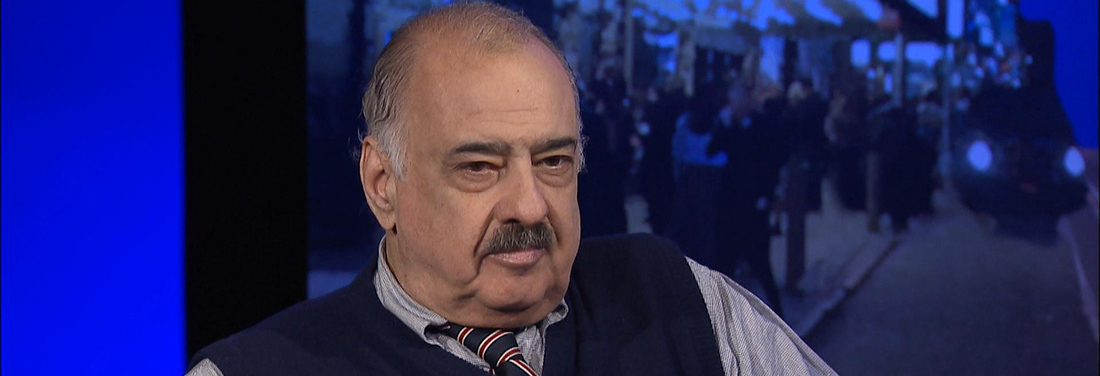
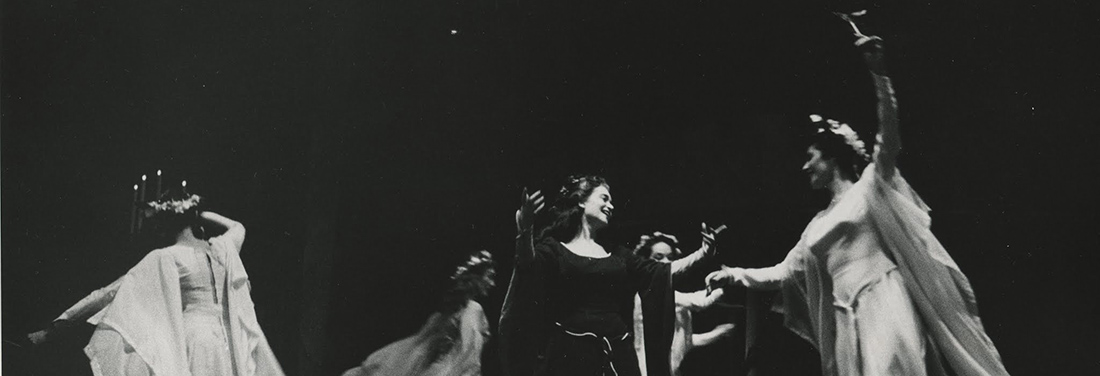
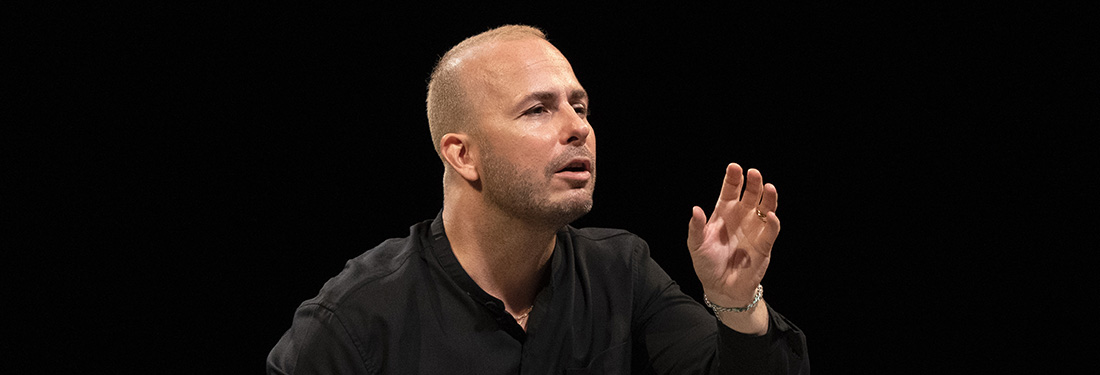
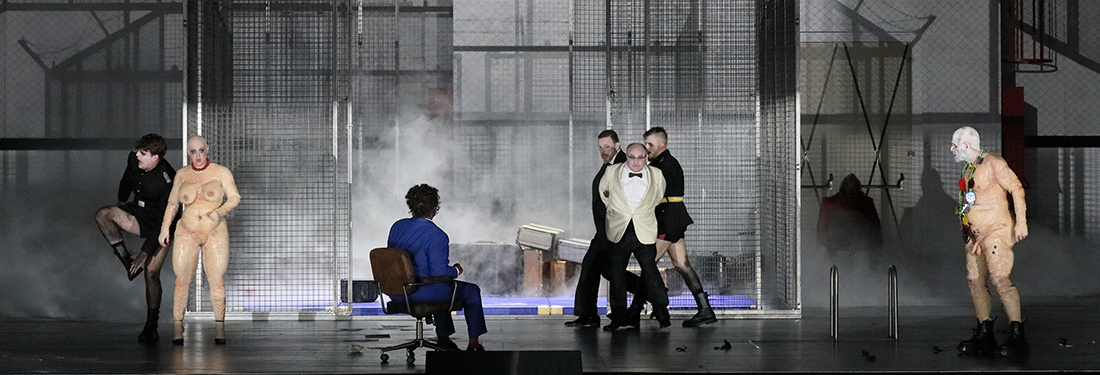

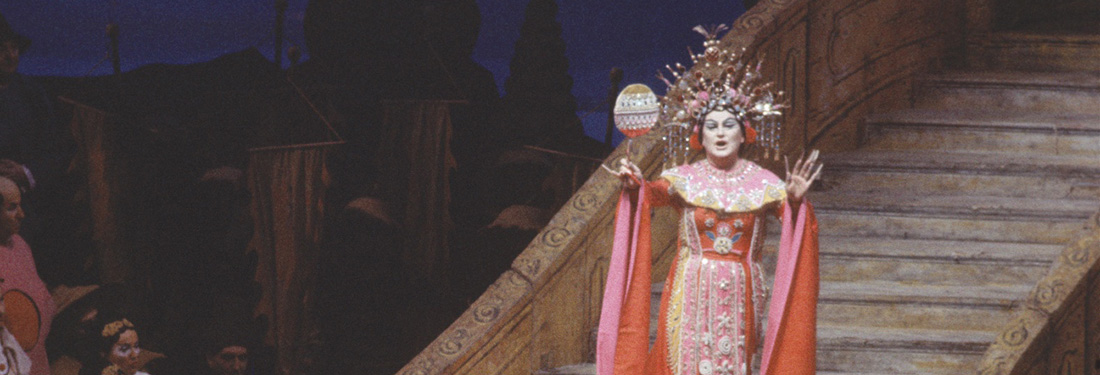

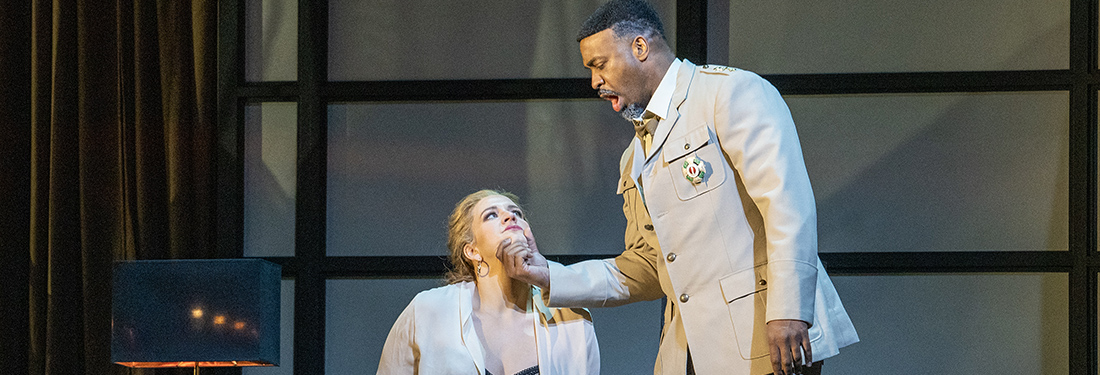

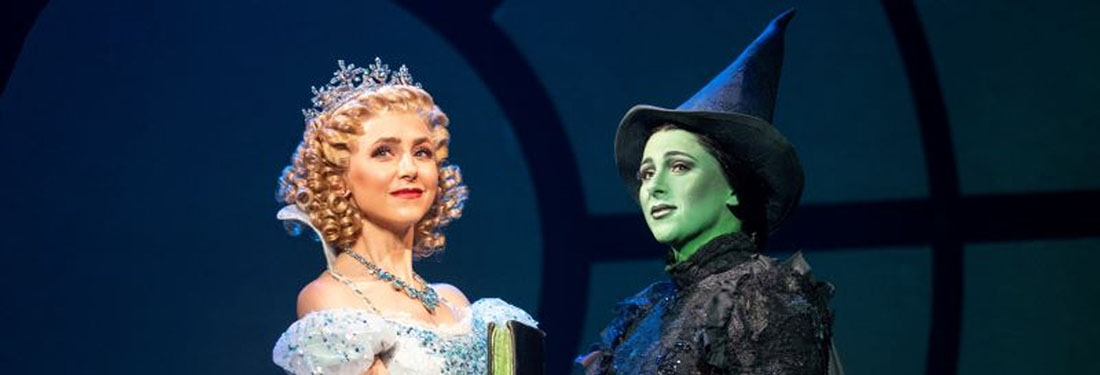
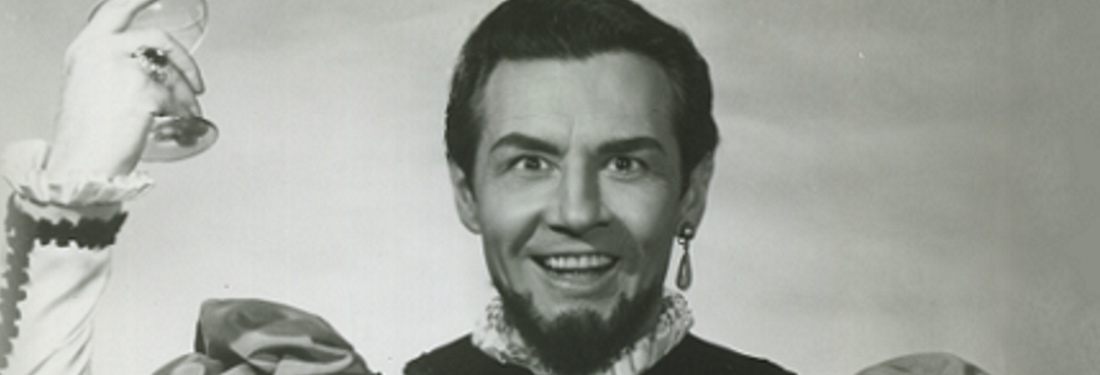

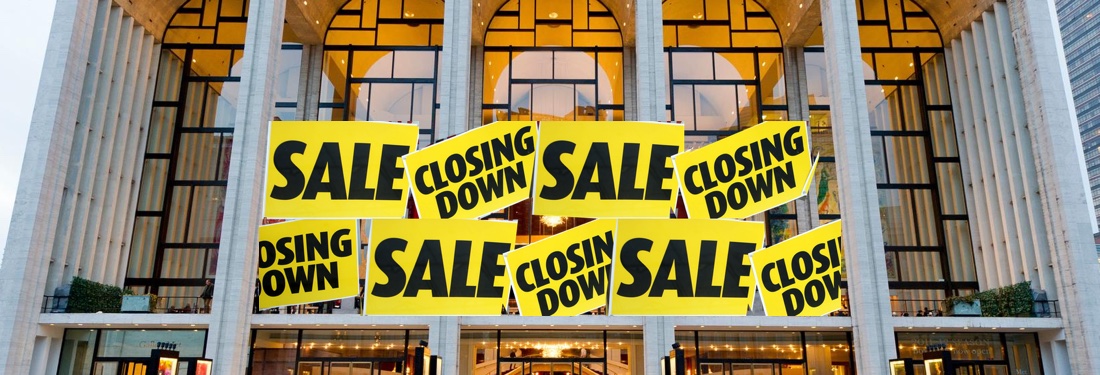
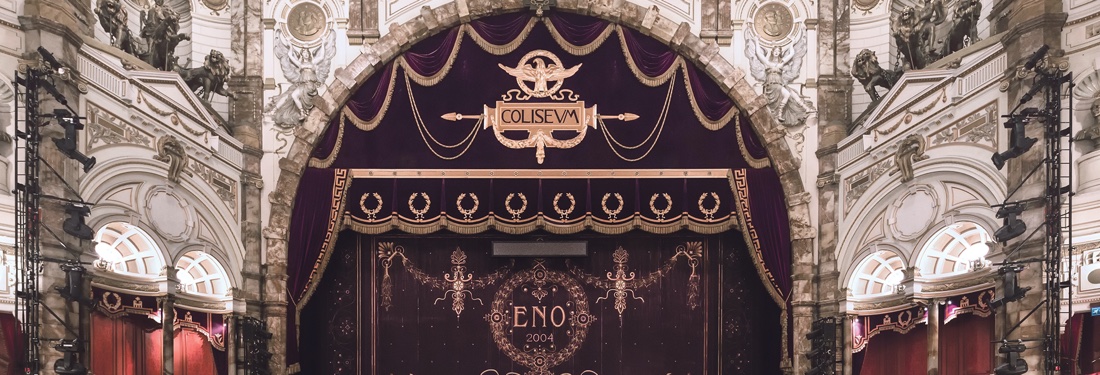
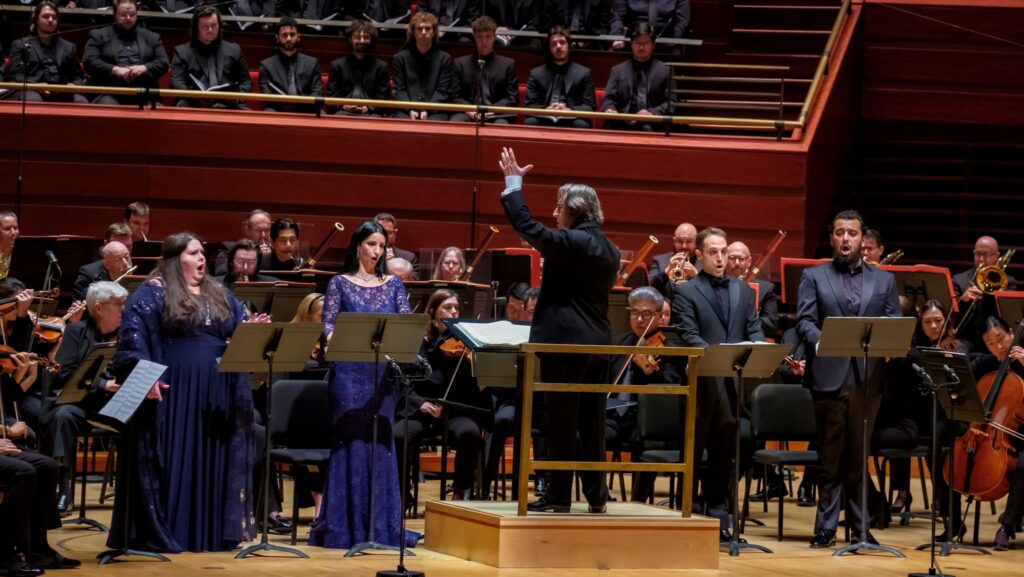
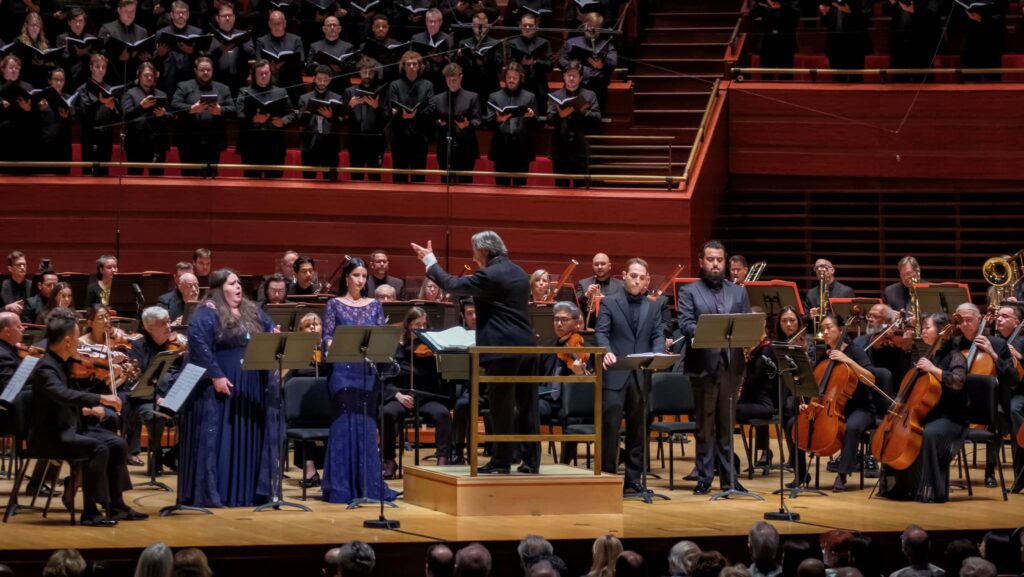
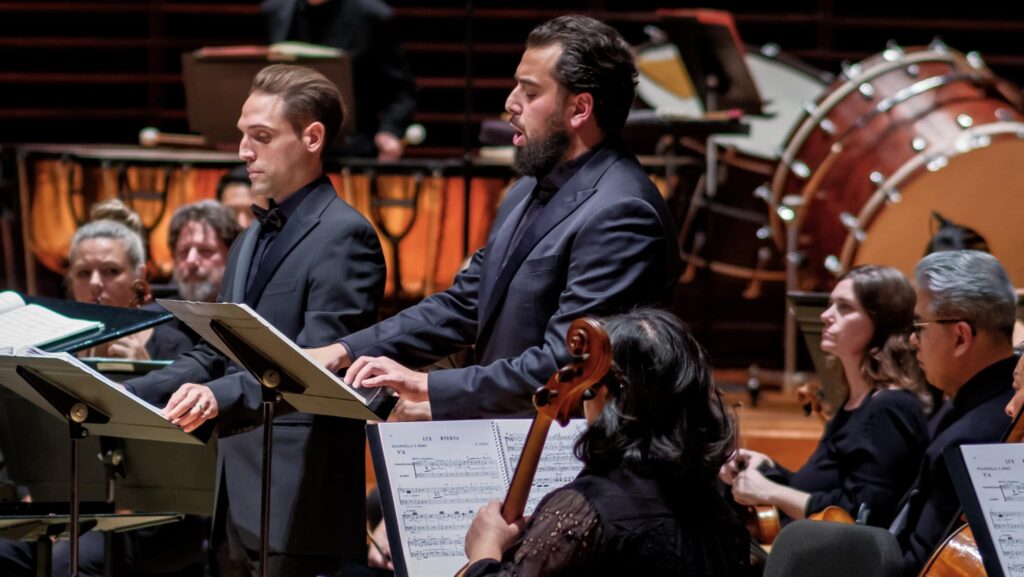


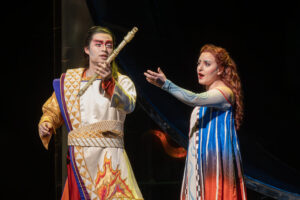

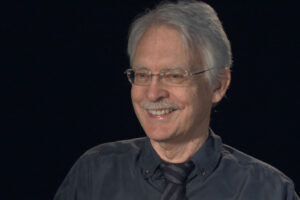

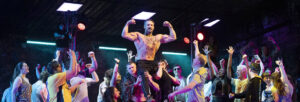
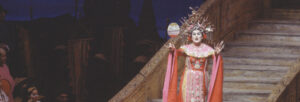



Comments